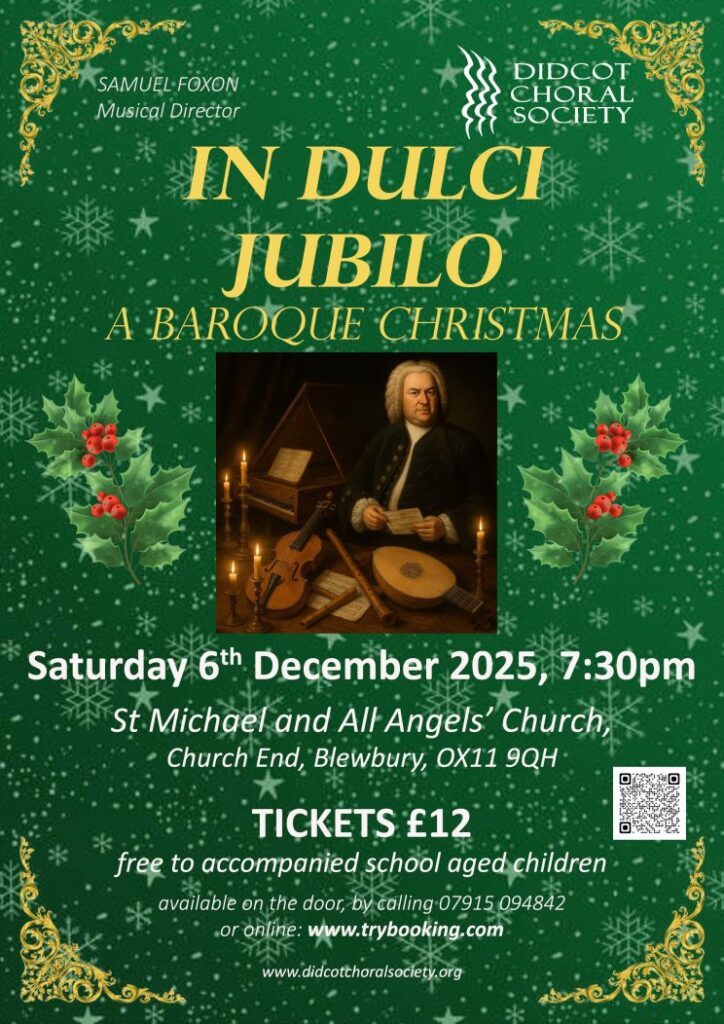
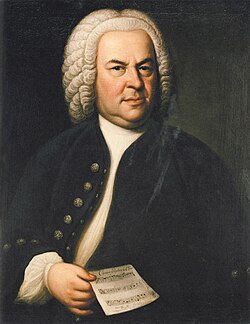
Bach was born in the 1685 the youngest of eight children in Eisenach, in what is now Germany. In 1723, he left the comfortable employ of Prince Leopold in Köthen and was appointed Director of Church Music in Leipzig. Bach’s duties included providing music for church services at both the Thomaskirche and Nikolaikirche. He remained in Leipzig until his death in 1750.

Michael Praetorius (1571–1621) was an influential figure in early German music, as a composer, organist, and theorist. His name is a Latinised form of his birth name, Michael Schultze. The surname “Schultze” (or “Schulze”) was a common German name meaning “mayor,” whilst the Latin ‘praetor’ was the title of a Roman magistrate. Praetorius would have used this name change as a status symbol of his intellect.
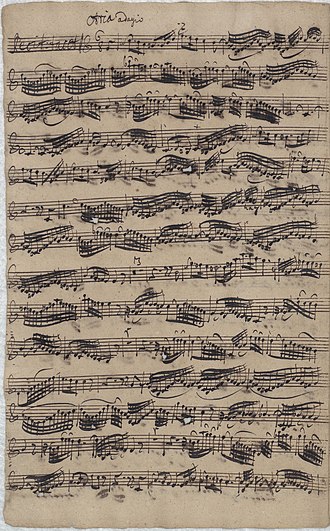
Wachet auf, ruft uns die Stimme (Wake up, the voice calls us), also know as Cantata 140,is among the most celebrated of Bach’s cantatas, and often associated with Christmas. Yet, intriguingly, it is neither a Christmas nor an Advent cantata. In fact, if performed strictly according to the liturgical calendar as intended, on the 27th Sunday after Trinity, it would be heard very rarely indeed.
A cantata is a sacred choral work intended for church use, structured similarly to opera in its inclusion of arias (solo songs), recitative (sung narrative), and choruses, with the addition of chorales (Lutheran hymns). Bach was a prolific composer of cantatas, with estimates suggesting he wrote over 300 during his lifetime.
Most of Bach’s cantatas were composed for a specific Sunday within the liturgical calendar. As the date of Easter is determined by lunar cycles, it affects when other feast days happen in the Church calendar. For there to be a 27th Sunday after Trinity, Easter must fall unusually early in the year. This alignment happened in 1731, the year this cantata was first performed, on the 25th November. Its closeness to Advent, along with the themes in the prescribed biblical readings for the day, are what have associated this cantata with the festive season.
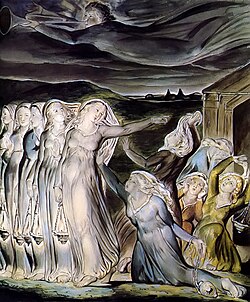
The reading for the day is that of the parable of the ten bridesmaids from the book of Matthew. Jesus’ allegorical story is that of ten bridesmaids, asleep, awaiting the arrival of the bridegroom. Five of them have enough oil in their lamp to last the night, whilst the others had not enough. On the announcement of the bridegroom’s arrival, the five who were prepared were rewarded, whilst the five who were unprepared had left to purchase more oil, and so missed on festivities. The parable calls for readiness for the second coming of Christ.
The first movement, Wachet Auf (Wake up!)), unfolds as a choral fantasia, with the choir calling the faithful to prepare for the coming of the bridegroom. The soprano carries the chorale melody, while the lower voices convey a sense of joyful urgency. A tenor then announces the imminent arrival of the bridegroom with a recitative, Er Kommt (He comes!), which leads to a duet, Wann kommst du, mein Heil? (When will you come, my saviour?): the soprano expresses the soul’s longing for Christ, answered by the bass with reassuring confidence.
A jubilant chorale prelude, Zion hört die Wächter singen (Zion hears the watchem sing), reaffirms the central theme of preparedness. A bass voice invites the bride and bridegroom to intimacy in the recitative So geh herein zu mir (So come in to me), followed by another duet, Mein Freund ist mein! (My friend is mine), that celebrates the eventual fulfilment of divine love. The cantata concludes with a chorale of praise, Gloria sei dir gesungen (Let Gloria be sung to you).
Michael Praetorius was also a devoted proponent of the Lutheran chorale, recognising its power to unite congregations in both worship and musical expression. He played a pivotal role in shaping early Protestant church music, arranging hundreds of chorales in richly varied styles, from simple four-part harmonisations to elaborate polyphonic settings. Praetorius helped establish the chorale as the musical heart of Lutheran liturgy, laying foundations that would profoundly influence composers like Bach. The pieces selected here all use a Lutheran chorale as a cantus firmus – a melody on which the entire piece is based.
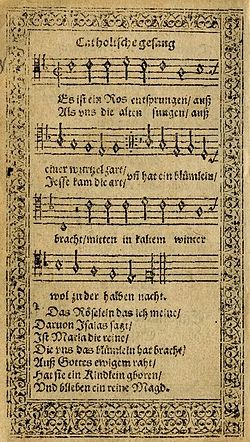
Es ist ein Ros entsprungen (Lo, How a Rose E’er Blooming) uses the imagery of a flower springing from the root of Jesse, fulfilling Isaiah’s prophecy that the Messiah will be born of David’s lineage. The rose blooms not in spring, but in the cold of December, a symbol of miraculous incarnation. Praetorius’s setting of Puer natus in Bethlehem (A Child is born in Bethlehem) is a jubilant and rhythmically buoyant Latin-German macaronic choral arrangement.
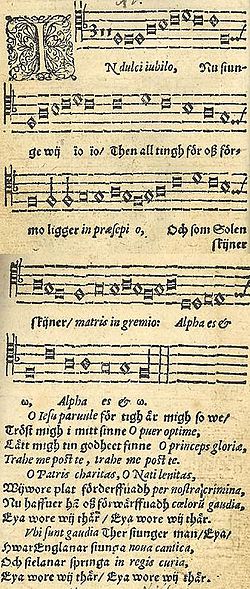
In dulci jubilo, (In sweet rejoicing), is a macaronic carol, blending Latin and German in joyful devotion. Believed to have originated in the 14th century, it evokes both tenderness and triumph. Rooted in another 14th-century carol, Quem pastores laudavere (The one praised by the shepherds) recounts the shepherds’ adoration of the newborn Christ.
Despite its title, the Weihnachtsoratorium (Christmas Oratorio)is not, strictly speaking, an oratorio. Traditionally, an oratorio is a large-scale choral work that narrates a biblical story, intended for a concert performance rather than liturgical use. Bach’s Christmas Oratorio, however, is a cycle of six cantatas, each designed for performance on different days of the twelve days of Christmas. Bach composed the Christmas Oratorio for the festive season of 1734-35, drawing extensively on earlier secular works and reworking material from three previous cantatas. A complete performance of the Christmas Oratorio spans over three hours; for this occasion, we present a curated selection of choruses and arias that capture the narrative.
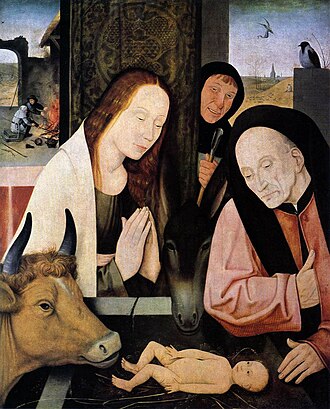
The first cantata of the Christmas Oratorio, written for Christmas Day, opens with jubilant splendour. Jauchzet, frohlocket, auf, preiset die Tage (Shout! Rejoice! Rise up! Praise These Days!) announces the birth of Christ. A commanding bass aria, Großer Herr, o starker König,(Great Lord, O mighty king), accompanied by a triumphant trumpet solo, affirms the majesty of the infant King. The second cantata, for December 26th, paints a pastoral scene as the shepherds are invited to attend the nativity, and an angel appears to the shepherds. The fourth part, composed for New Year’s Day, traditionally observed as the day of Christ’s circumcision, and as such, the chorus Fallt mit Danken, fallt mit Loben (Fall in Gratitude, Fall in Praise) presents a more devoting and thankful tone. The soprano aria, Flößt, mein Heiland, dein Namen (O My Saviour, Does Your Name Instil), features a delightful theatrical flourish: a second soprano, positioned out of sight somewhere within the church, echoes the soloist with whispered interjections of “Yes!” and “No!” This playful device may suggest a celestial affirmation, or perhaps simply reveals Bach’s mischievous side. The fifth cantata celebrates the visit of the Magi. Finally, the eagerness and joy of the Wisemen is presented in Ehre sei dir, Gott, gesungen (Let Honor Be Sung to You, O God).


Leave a Reply